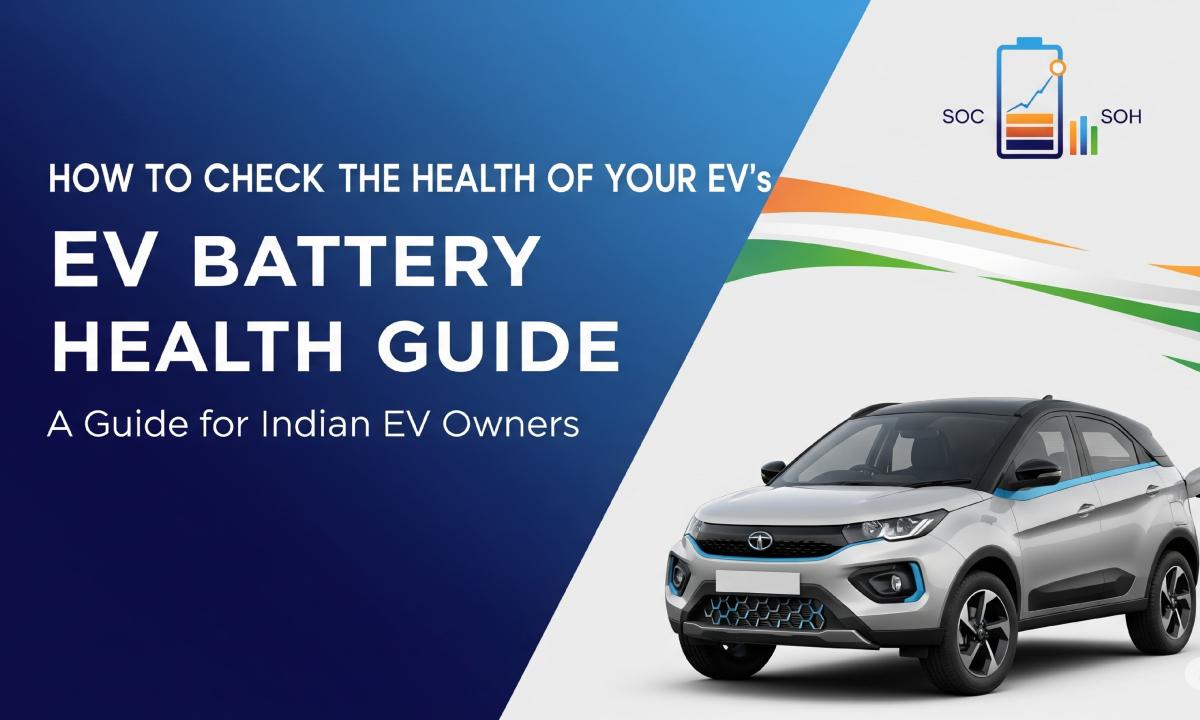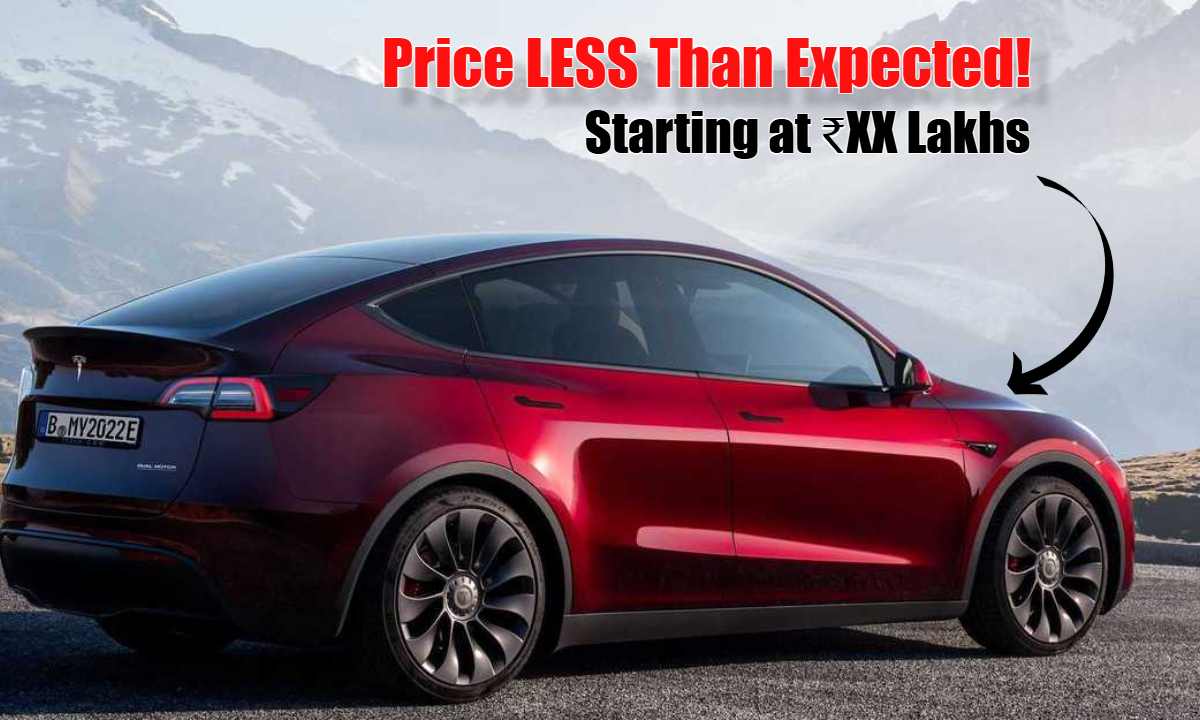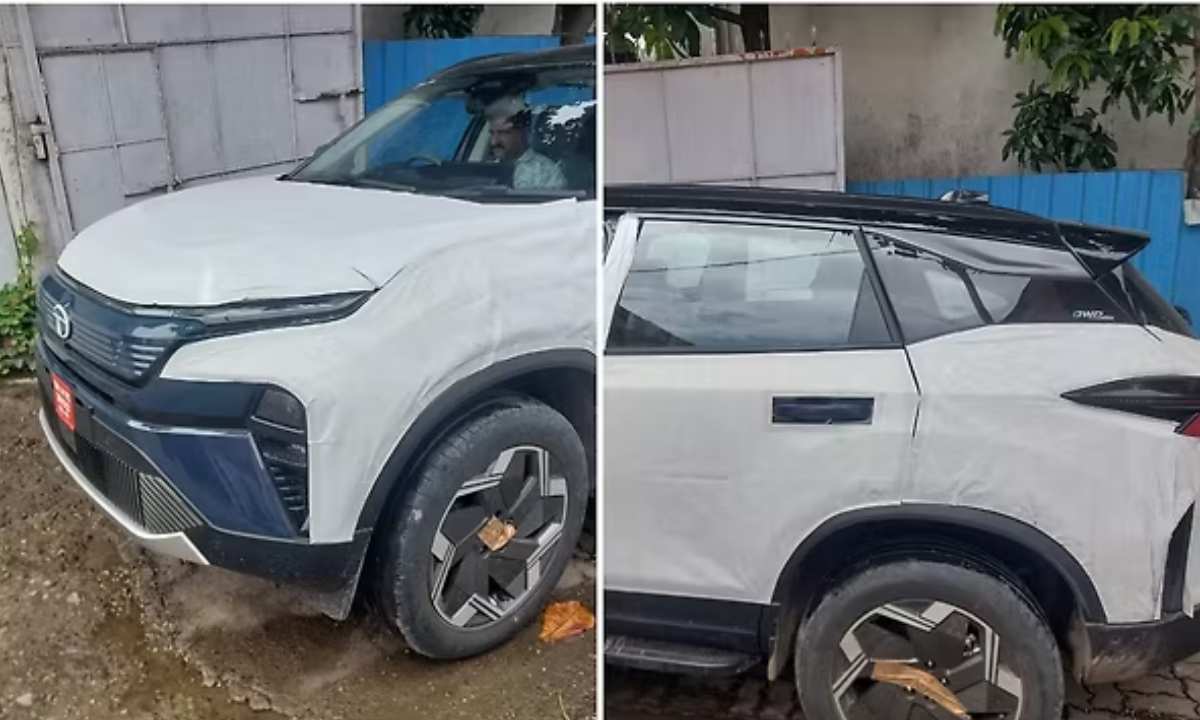Avoid These Common Charging Mistakes
EV owners! We all know how important our car’s battery is, right? It’s like the heart of our electric vehicle. But did you know that the way we charge it can make a big difference in how long it lasts and how well it performs? Today, we’re going to talk about two common charging habits that might be stressing out your battery: overcharging and undercharging. Don’t worry, we’ll also share some easy tips to keep your battery happy and healthy!
The Basics of EV Battery Charging
Before we jump into the topic , let’s quickly understand how EV batteries work. Most electric vehicles use lithium-ion batteries, just like the ones in your smartphone or laptop. These batteries store electrical energy and release it to power your car. But unlike your phone, EV batteries are much larger and have their own unique charging needs. Charging an EV isn’t as simple as just plugging it in—there’s a whole system working behind the scenes to keep the battery in good shape. That’s why it’s so important to charge your EV the right way.
What Happens When You Overcharge Your EV Battery
Let’s start with overcharging—keeping your battery plugged in even after it’s fully charged. Now, most modern EVs are smart enough to stop charging once the battery hits 100%, but overcharging can still cause some long-term issues. Here’s why:
- Internal Heating: Overcharging is like making your battery work overtime. It gets hot and stressed, just like we do when we’re overworked. And we all know that too much heat isn’t good for anything, especially not for a sensitive piece of tech like a battery. Over time, this heat can wear down the battery faster.
- Chemical Stress: Batteries are full of chemicals that need to stay balanced. Overcharging messes with that balance, which can make the battery age quicker. You might notice your EV’s range dropping or charging taking longer than usual.
- Battery Swelling and Failure: In extreme cases, overcharging can make the battery swell up like a balloon. That’s not something you want to see happen to your expensive EV battery! Luckily, modern EVs have safety features to prevent this, but it’s still best to avoid overcharging.
How to Prevent Overcharging:
- Use Smart Charging: Many EVs come with smart systems that manage how much charge goes in. If yours doesn’t, consider getting a smart home charger.
- Avoid Charging to 100% Often: It’s okay to charge fully once in a while, but doing it all the time can shorten your battery’s life. Try to keep it between 20% and 80% for daily use.
- Set Charging Limits: Some EVs let you set a charging limit, like 90%. Use this feature to make sure your battery doesn’t get overcharged.
What Happens When You Undercharge Your EV Battery

Now, let’s talk about undercharging—letting your battery stay too low for too long. While overcharging gets a lot of attention, undercharging can also be a problem. Here’s how:
- Capacity Loss: Letting your battery drain below 20% too often is like not getting enough sleep. It makes the battery tired and less efficient over time. You’ll notice your EV’s range shrinking, and you’ll have to charge more frequently.
- Cell Imbalance: EV batteries are made up of many small cells, like a team of workers. If some cells are always working harder than others (because they’re drained more), the whole team suffers. This can lead to uneven wear and poor performance.
- Increased Resistance: When the battery is too low, it’s like trying to run on an empty stomach. It doesn’t work as well, and it can even damage the battery. Charging becomes slower and less efficient.
How to Prevent Undercharging:
- Avoid Regularly Draining Below 20%: It’s okay to let it dip lower sometimes, but don’t make it a habit.
- Top-Up Charging: If you’re only driving short distances, top up the battery regularly instead of letting it drain completely.
- Charge More Frequently: It’s better to charge a little more often than to let your battery sit with a low charge for too long.
The Ideal Charging Routine for EV Owners
So, how can you keep your EV battery happy? Here are some simple tips:
- Charge in Intervals: Don’t wait until your EV is almost empty to recharge. Aim to keep your battery between 20% and 80%. It’s like eating—you don’t want to stuff yourself full every time, but you also don’t want to starve.
- Avoid Extreme Temperatures: Hot and cold weather can stress your battery. Try to park in a cool, shady spot, especially during the hot Indian summers.
- Use Scheduled Charging: Many EVs let you set specific charging times. You can schedule your car to charge during off-peak hours or make sure it doesn’t stay plugged in after it’s full.
- Use Fast Charging Sparingly: Fast charging is convenient, but it can heat up the battery if used too often. Stick to slower, standard charging for everyday use.
A Healthy Battery for a Longer Life
Taking care of your EV’s battery is easier than you think. Just remember to charge it right, and it’ll reward you with years of smooth, stress-free driving. By avoiding overcharging and undercharging, and following these simple habits, you’ll keep your battery in top shape and get the most out of your EV. Happy motoring!













